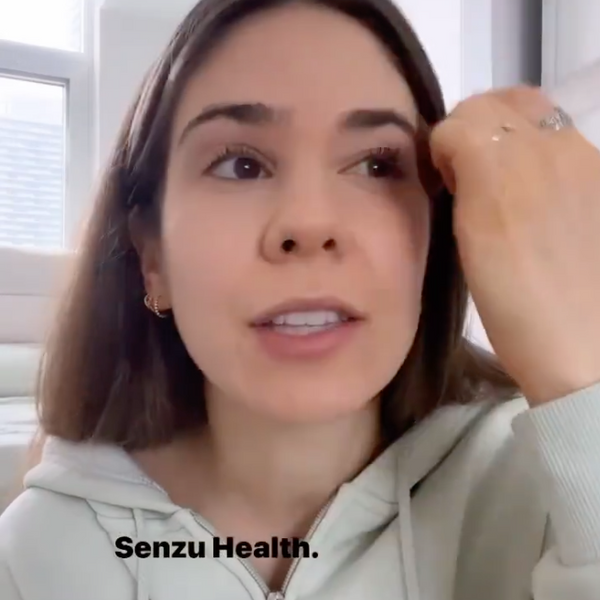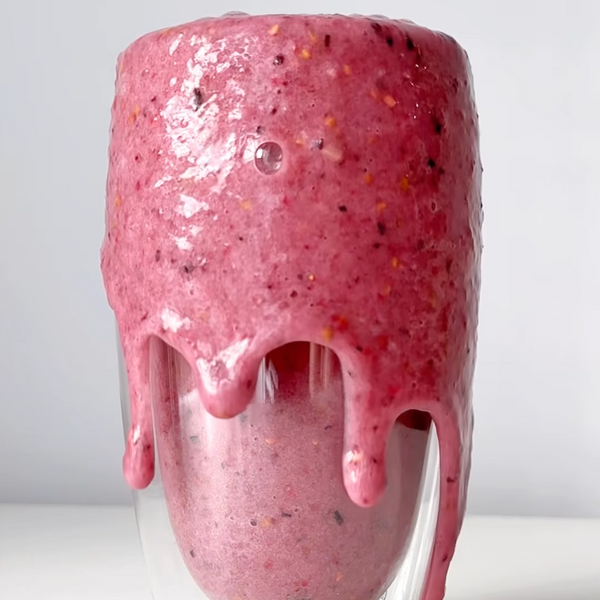The brain and spinal cord are the two parts of our body that comprise the central nervous system. The brain controls almost all (if not completely all) of our body functions, making it very important to pay attention to our brain health and brain development, as well as ensuring we prevent any brain injuries. It is composed of billions of neurons that allow us to think, feel, and move.
In this article, we will explore how the brain works and the different functions of the brain. We will look at the various parts of the brain and the activities that each part performs. We will also examine the incredible ways in which the brain is able to process information and make decisions.
But wait, a quick recap...
The three main parts of the brain—cerebrum, cerebellum, brainstem
The human brain is an amazing organ composed of three main parts: the cerebrum, the cerebellum, and the brainstem. The cerebrum is the largest part of the brain, and is where all the higher functions of the brain occur. It is responsible for decision-making, problem-solving, and language. The cerebrum is divided into two hemispheres: the left and right hemispheres. The left hemisphere of the brain is responsible for our speech, comprehension, arithmetic, and writing abilities. The right hemisphere is the area of the brain that controls our creativity, spatial ability, musical skills, and artistry.
The cerebellum is located beneath the cerebrum and is responsible for coordination, balance, and fine motor control.
Lastly, the brainstem is the base of the brain and connects it to the spinal cord. It controls vital functions like breathing, heartbeat, and blood pressure.
All three parts play a crucial role in maintaining healthy cognitive function throughout our lives. Understanding the different parts of the brain can help us recognize potential issues early on and give us a better chance to address them effectively.
1: Cerebral Cortex
The cerebral cortex is the outermost layer of the brain and is responsible for many of our highest mental functions such as thinking, problem-solving, language, and decision-making.
Located at the top of the cerebrum, it is divided into four lobes: frontal, parietal, temporal, and occipital, with each lobe having its own specific functions. The frontal lobe is mainly responsible for executive functions such as reasoning, problem-solving, and abstract thought. The parietal lobe is involved in sensory perception and integrating sensory information from different sources. The temporal lobe is associated with hearing and understanding language, while the occipital lobe is responsible mainly for vision.
Additionally, it houses primary motor areas which control voluntary muscle movements. It also plays a role in memory formation, emotion regulation, and consciousness. All these intricate functions are made possible by the billions of nerve cells that form complex networks within the cortex. These neurons communicate with each other via chemical and electrical signals to allow us to make decisions and interact with our environment.
2: Limbic System
The limbic system is a complex network of brain structures responsible for a variety of functions, including emotion, behavior, motivation, memory, and learning.
This system is composed of several structures, including the hippocampus, the amygdala, the thalamus, and the hypothalamus. Each of these structures plays a role in how we perceive and respond to the world around us. The hippocampus plays an important role in forming and storing memories, while the amygdala processes emotions such as fear and anger. The thalamus is responsible for relaying sensory information from the body to the brain and vice versa. The hypothalamus is essential for regulating hormones and controlling bodily functions such as hunger and thirst. Together, these components form a complex network that helps us to regulate our emotions, behaviors, and memories.
Amygdala
The amygdala, located in the temporal lobe of the brain, is an almond-shaped structure responsible for several important functions. It helps to process emotions such as fear, anxiety, and aggression. It also plays an integral role in memory formation and storage. The amygdala is essential for recognizing and responding to potential threats and dangers. It helps to assign emotional significance to memories, which allows us to identify familiar situations that may be dangerous. It also plays a role in decision-making, helping to make quick responses based on experiences. Furthermore, the amygdala is involved in mood regulation, contributing to feelings of pleasure or displeasure depending on the situation. Through its various functions, the amygdala helps to keep us safe by responding quickly to threats and warning us of potential dangers.
Hippocampus
The hippocampus plays an important role in the brain, as it is involved in a variety of functions related to memory, learning, and emotions. It is located in the medial temporal lobe and is part of the limbic system. The hippocampus functions to encode, store, and retrieve memories. It is also responsible for spatial navigation, allowing us to remember how to get from one place to another. Additionally, the hippocampus assists in regulating emotions by interpreting signals from other parts of the brain. Studies have found that the hippocampus is involved in connecting memories with emotions, allowing us to recall how we felt when an event happened. Finally, the hippocampus is important for learning new information, as it helps us process and store the information for future use. In sum, the hippocampus has a number of complex functions related to memory, learning, and emotions that are essential for cognitive functioning.
3: Prefrontal Cortex
The prefrontal cortex is responsible for many of our cognitive processes. Located in the anterior part of the frontal lobe, it is responsible for a variety of higher-order cognitive functions, including decision-making, problem-solving, planning, and regulating emotions. It is also involved in controlling attention, goal setting, and concentration.
Other functions of the prefrontal cortex include predicting the consequences of actions, self-control, and using past experiences to make decisions. The prefrontal cortex plays a vital role in complex behavior, working memory, and voluntary motor functions. It is also responsible for inhibiting inappropriate behaviors while promoting appropriate ones. In addition, the prefrontal cortex helps us to think abstractly and to make judgments based on our experiences. All these functions contribute to our ability to think critically and make reasoned decisions. The prefrontal cortex plays an integral role in enabling us to make informed decisions and live our lives in a meaningful way.
4: Olfactory System
The olfactory system plays an important role in our daily lives. It helps us detect odors, which allows us to recognize familiar smells and identify potential dangers. The olfactory system is composed of several parts, including the nose, the olfactory mucosa, the olfactory nerve, and the brain. The nose is responsible for collecting odors from the environment and delivering them to the olfactory mucosa, located in the nasal cavity. The olfactory mucosa contains specialized cells called olfactory receptor neurons that detect odor molecules in the air and transform them into electrical signals. These signals are then sent to the olfactory nerve, which carries them to the brain. Once in the brain, these signals are processed and interpreted, allowing us to distinguish between odors and identify their source. In addition to detecting odors, the olfactory system can also play a role in regulating appetite, mood, and even memory.
5: Visual Cortex
The visual cortex is an incredibly important part of the brain, as its main function is to process visual information. Located in the occipital lobe, it is responsible for the interpretation of what we see and understand. Our eyes are able to detect light and turn it into neural impulses, which are then sent to the visual cortex. This is where the images are then put together and interpreted. The visual cortex can also detect motion and depth, helping us to understand the 3D world around us. In addition, it helps us recognize faces, objects, and colors. It also helps us to remember where objects are placed in a room and how they look so that when we look away and come back again, we can easily recognize them. Finally, the visual cortex helps us to focus our attention on certain objects while simultaneously ignoring distractions. All these functions are essential components of our everyday life and without them we would have difficulty functioning.
A healthy brain is essential for overall well-being. The brain is responsible for complex tasks such as learning and memory, problem-solving, decision-making, and emotion regulation. It also plays an important role in developing and maintaining social relationships. Understanding brain anatomy and the functions of each part are important steps in knowing how we can take care of our brain.
By keeping our brain healthy, we can prevent brain injuries and brain damage, and we can preserve its function and ability to perform these tasks. This can be done through a healthy lifestyle, mental stimulation, and activities that challenge the brain. Eating a balanced diet full of essential nutrients, engaging in physical exercise, getting enough quality sleep, and reducing stress are also all important elements of improving brain condition.
Additionally, challenging yourself mentally by learning a new skill or engaging in activities that require attention and focus can help to strengthen the brain’s memory and cognition. If you want to live a healthy and productive life, it’s important to make sure you’re taking the necessary steps to maintain a healthy mind.












